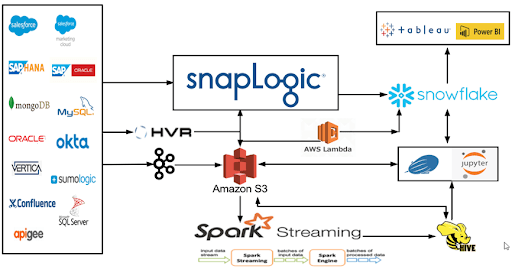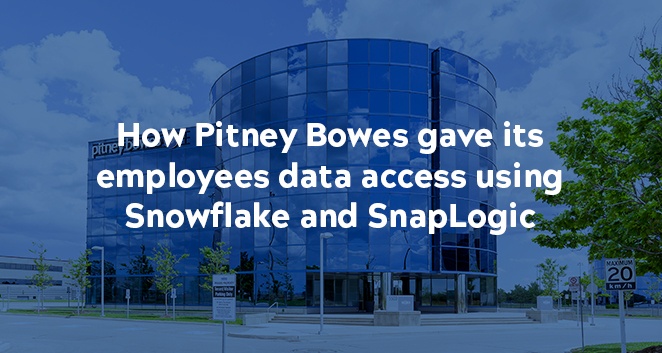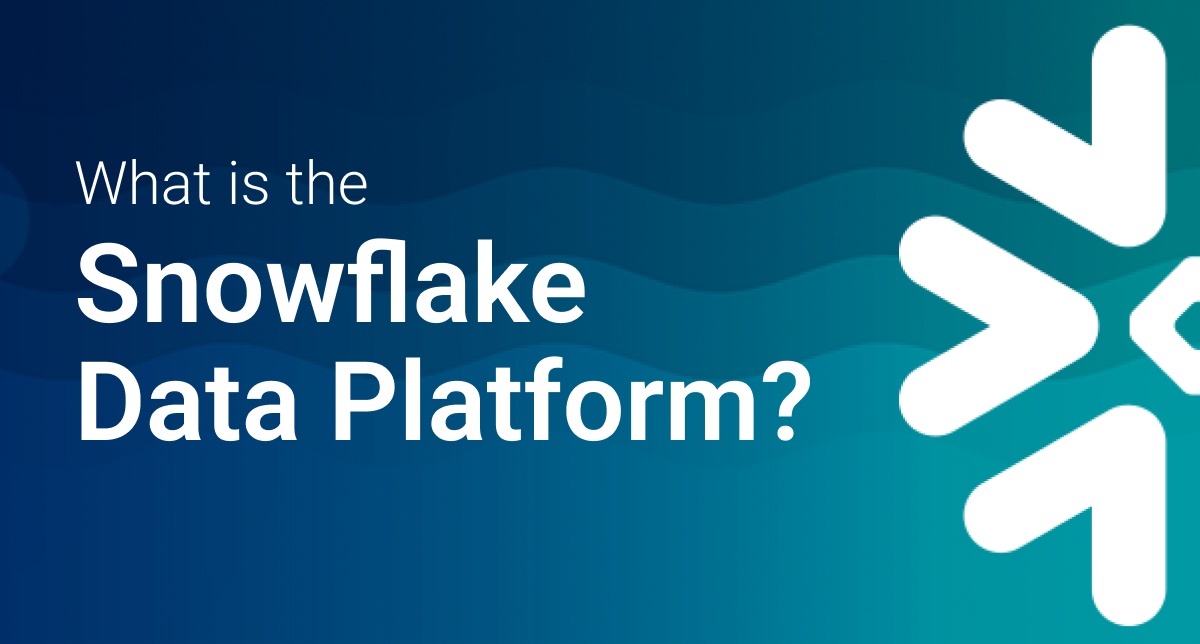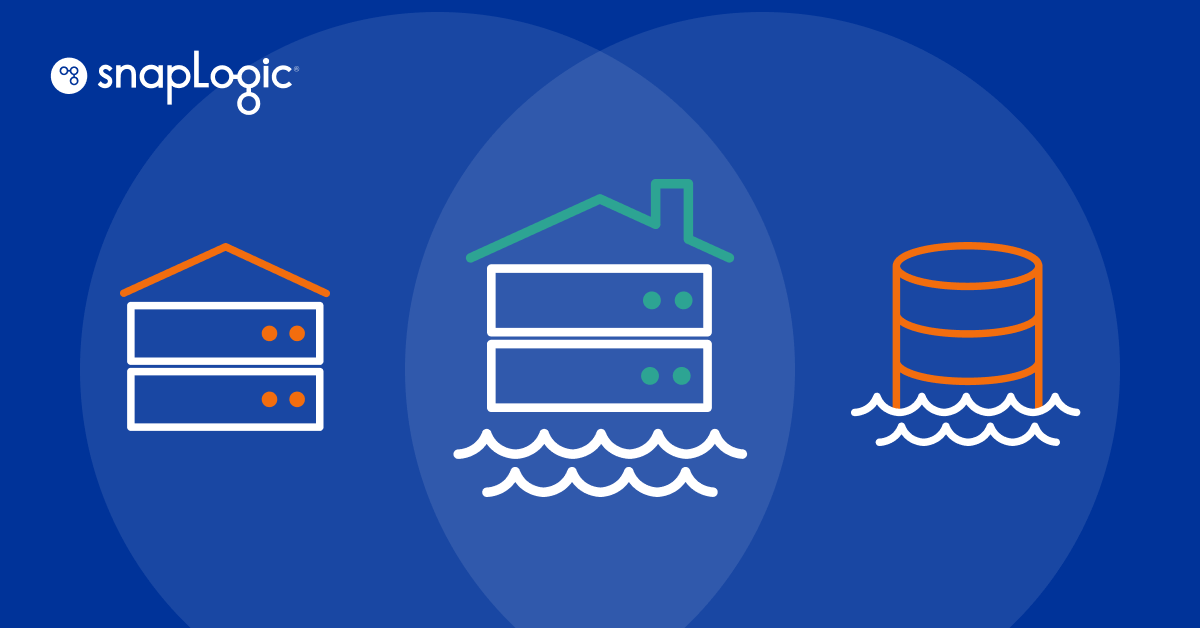We recently had the pleasure of having Vishal Shah, Solutions & Deployment Architect at Pitney Bowes, join us at the “Accelerate Hybrid and Multipoint Integration into a Cloud Data Warehouse” webcast, hosted by TDWI. During his presentation, Vishal took us back to 2015 when Pitney Bowes embarked on its enterprise-wide cloud initiative to activate its long-term business goal: To provide cloud solutions that enable seamless, borderless e-commerce.
As part of the strategic cloud initiative, Vishal and his team needed to enable internal stakeholders with data from many disparate sources. Previously, stakeholders would share and download data reports onto their local machines for data analysis. However, the data was stale as soon as it was downloaded to their machines and only painted a limited and static snapshot of the state of the business, making it virtually impossible for stakeholders to make real-time, holistic business decisions on up-to-date data.
Watch the full presentation here.
To alleviate these data challenges, Vishal sought to build out a data lake on Amazon S3 (and Amazon S3 Glacier Deep Archive for long-term storage) to store all their data from multiple on-premises and cloud data sources. By the same token, Vishal needed to provide data access and enable shareability to users, based on their roles, without having them go directly into the data lake, to minimize security risk. As a result, Vishal searched for two technologies that would marry well and serve as the foundation for users to access data.
That’s when he found Snowflake and SnapLogic, which formed the foundation for Pitney Bowes’ enterprise cloud data warehouse and data integration platform.
As Pitney Bowes’ enterprise cloud data warehouse, Snowflake enables users to seamlessly obtain and share data they need for data analysis. In tandem, SnapLogic helps move and/or update data from data sources such as Salesforce, SAP HANA, SQL Server, and more into their data lake and Snowflake on a daily basis, often more frequently.

Each company’s tech stack is unique, and choosing the right cloud data warehouse and integration technology that supports the company’s business initiatives should not be an afterthought. Vishal shared the considerations that led him to choose Snowflake and SnapLogic:
- Unified data: Obtain a single-source of truth where all data resides in one place
- Access methods: Data access based on user role
- Up-to-date data: Updated data whenever the user needs it
- Low maintenance: Long-term scalability with little to no efforts needed to maintain Snowflake and SnapLogic
- Maximum security: Necessary security and compliance certifications
Snowflake and SnapLogic both checked every box. Since implementing, Vishal and his team have enabled over 15 departments and business units to access data from more than 25 applications and databases. With real-time access to data, business stakeholders are now better able to make data-driven decisions to achieve the company’s long-term goals and fuel growth.
Ready to jumpstart your cloud data warehouse project? Sign up for our risk-free 30-day trial.









